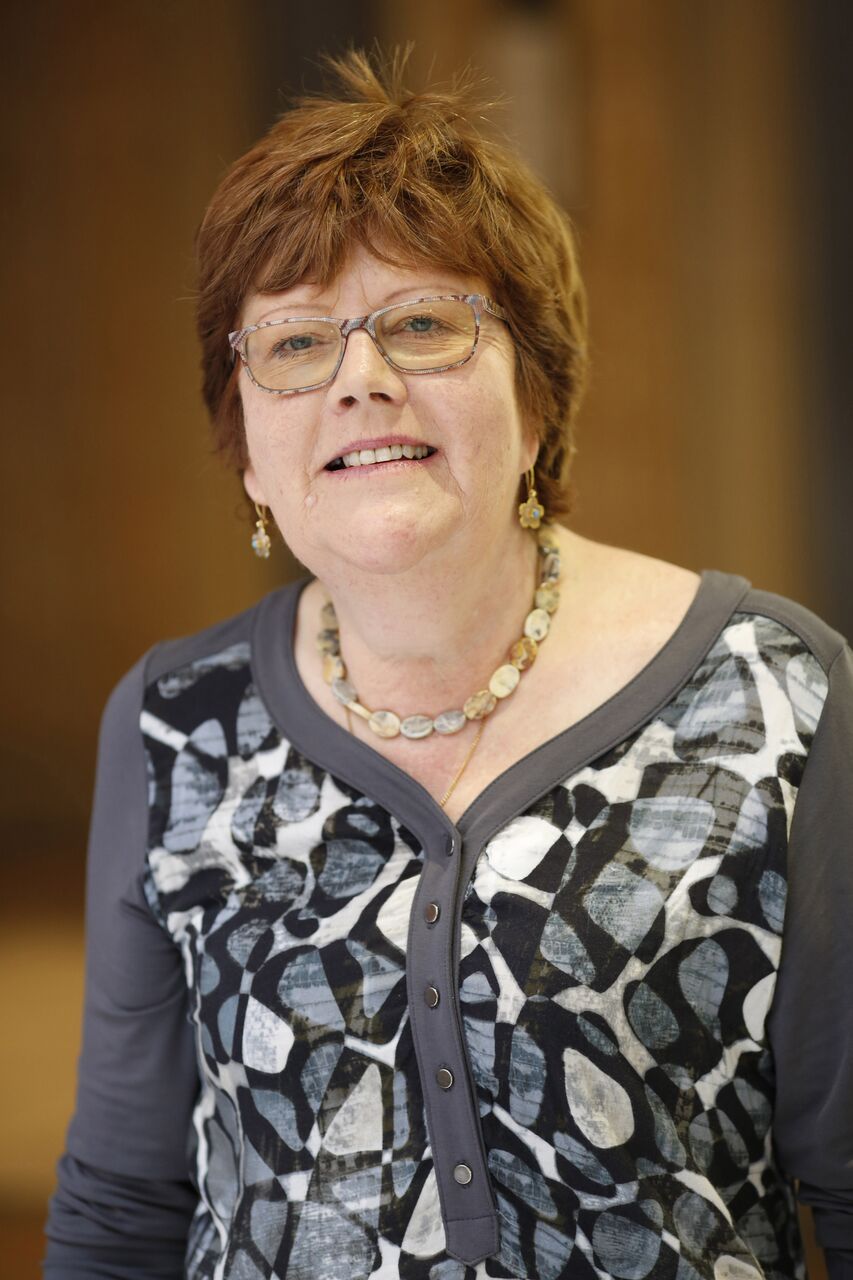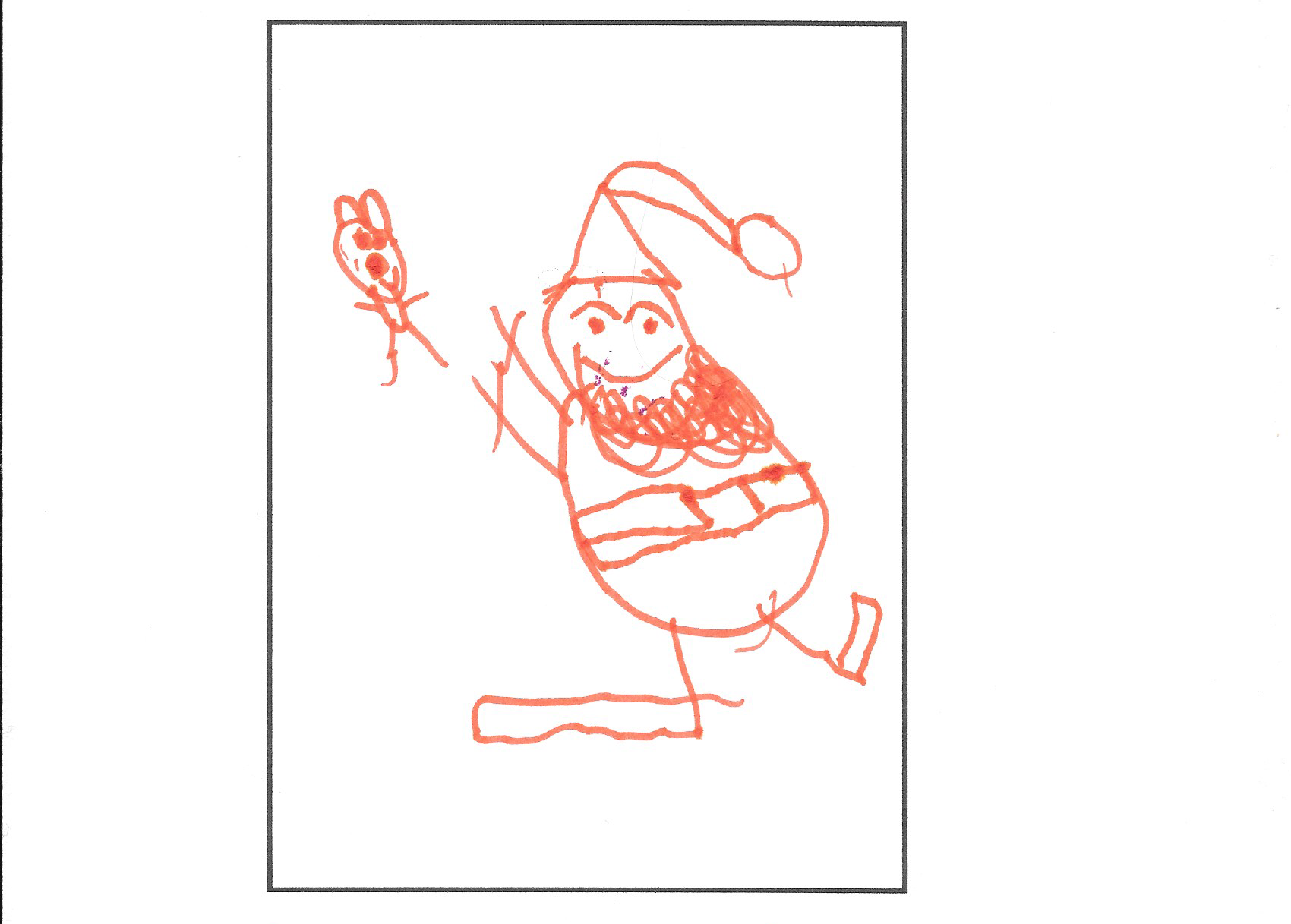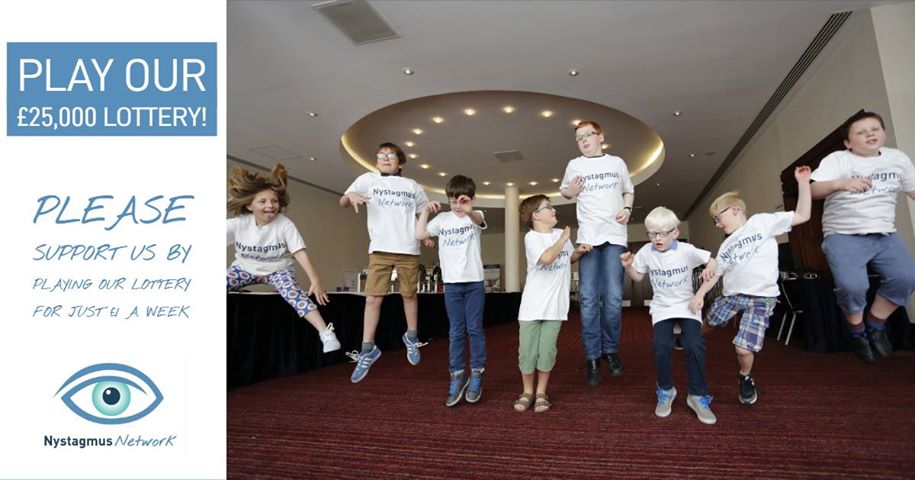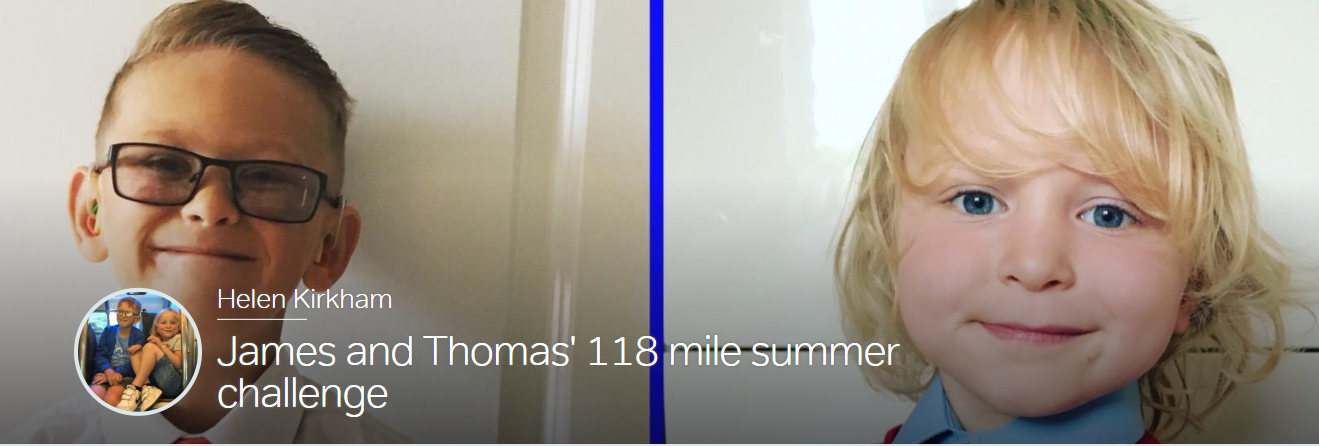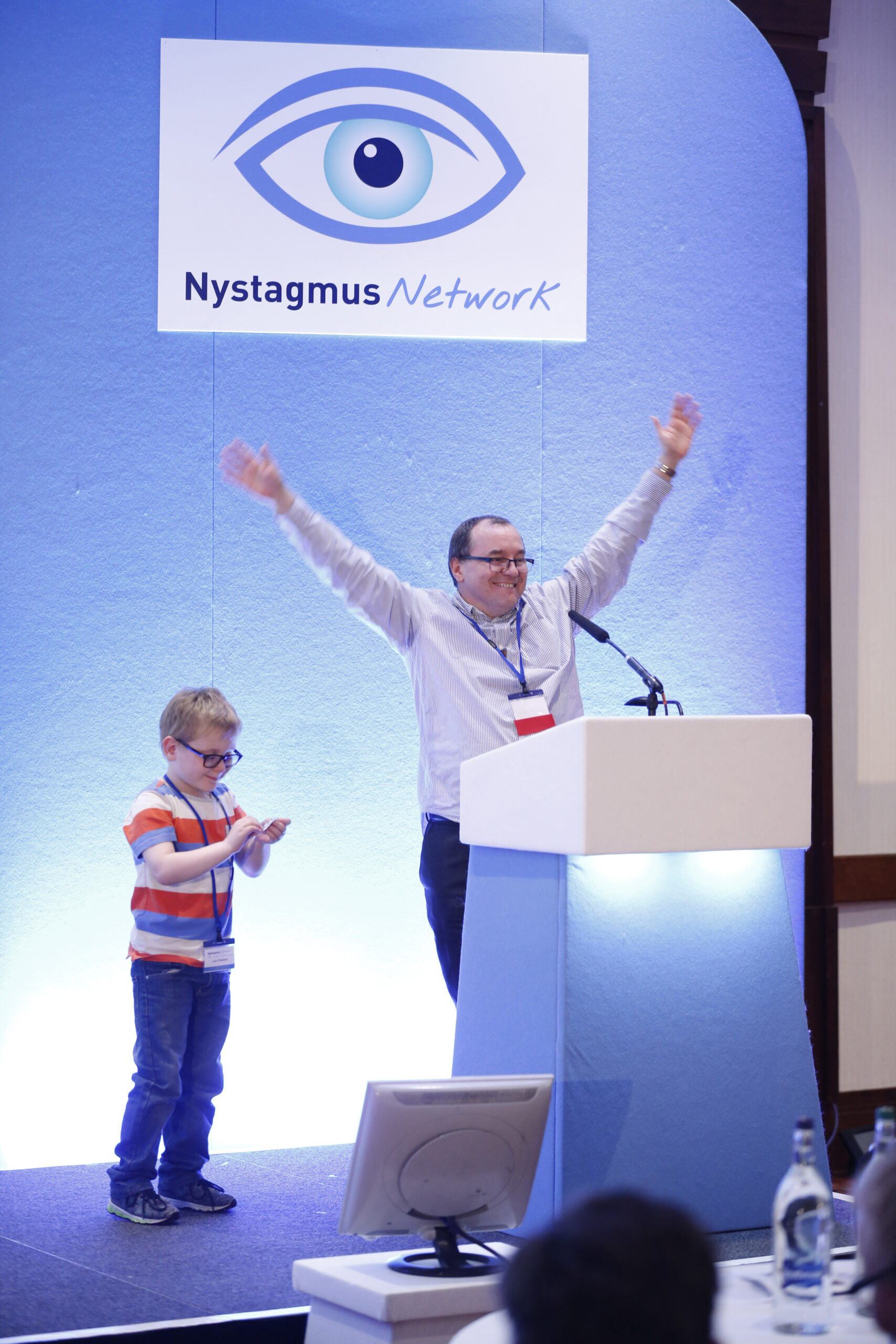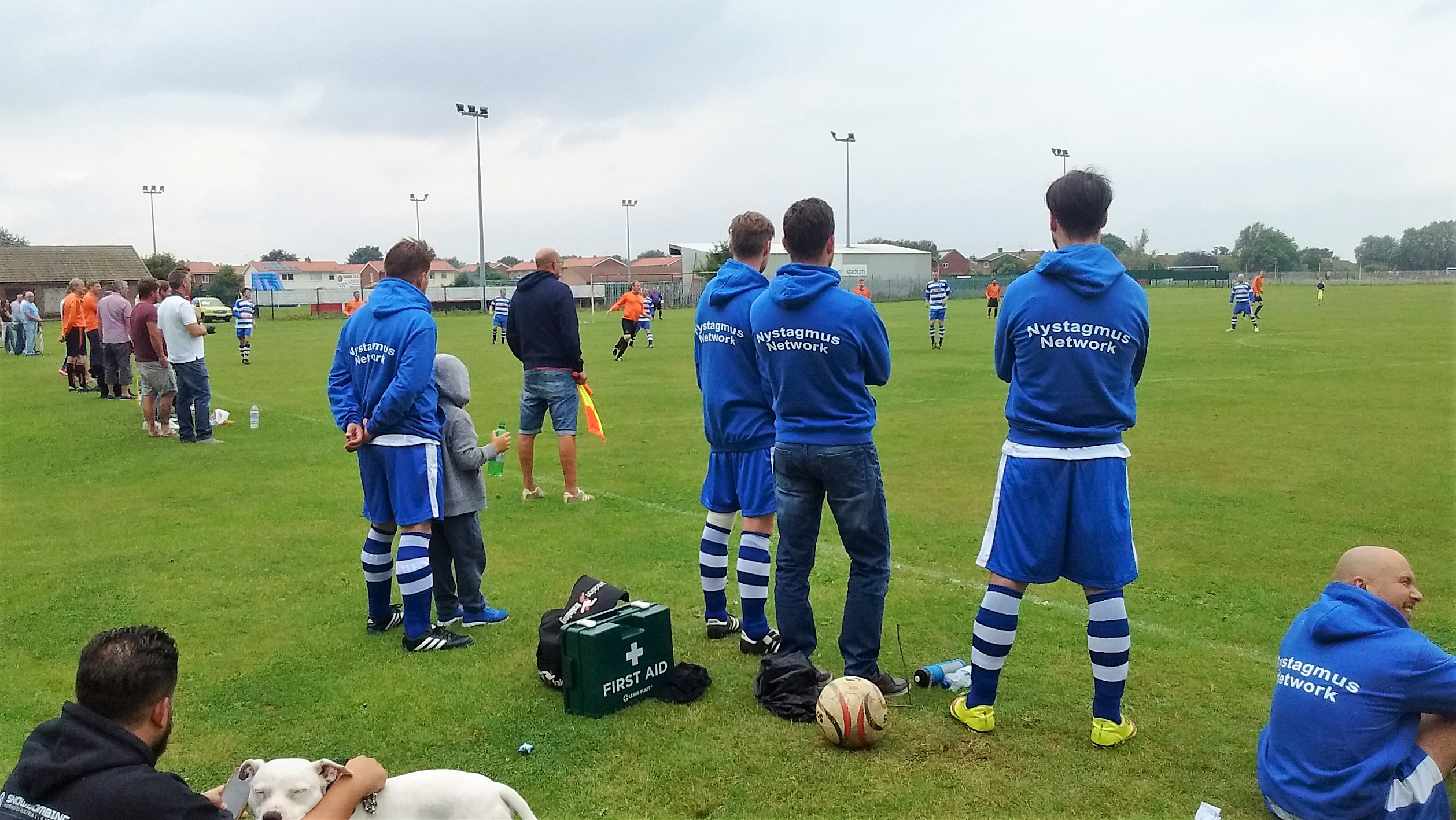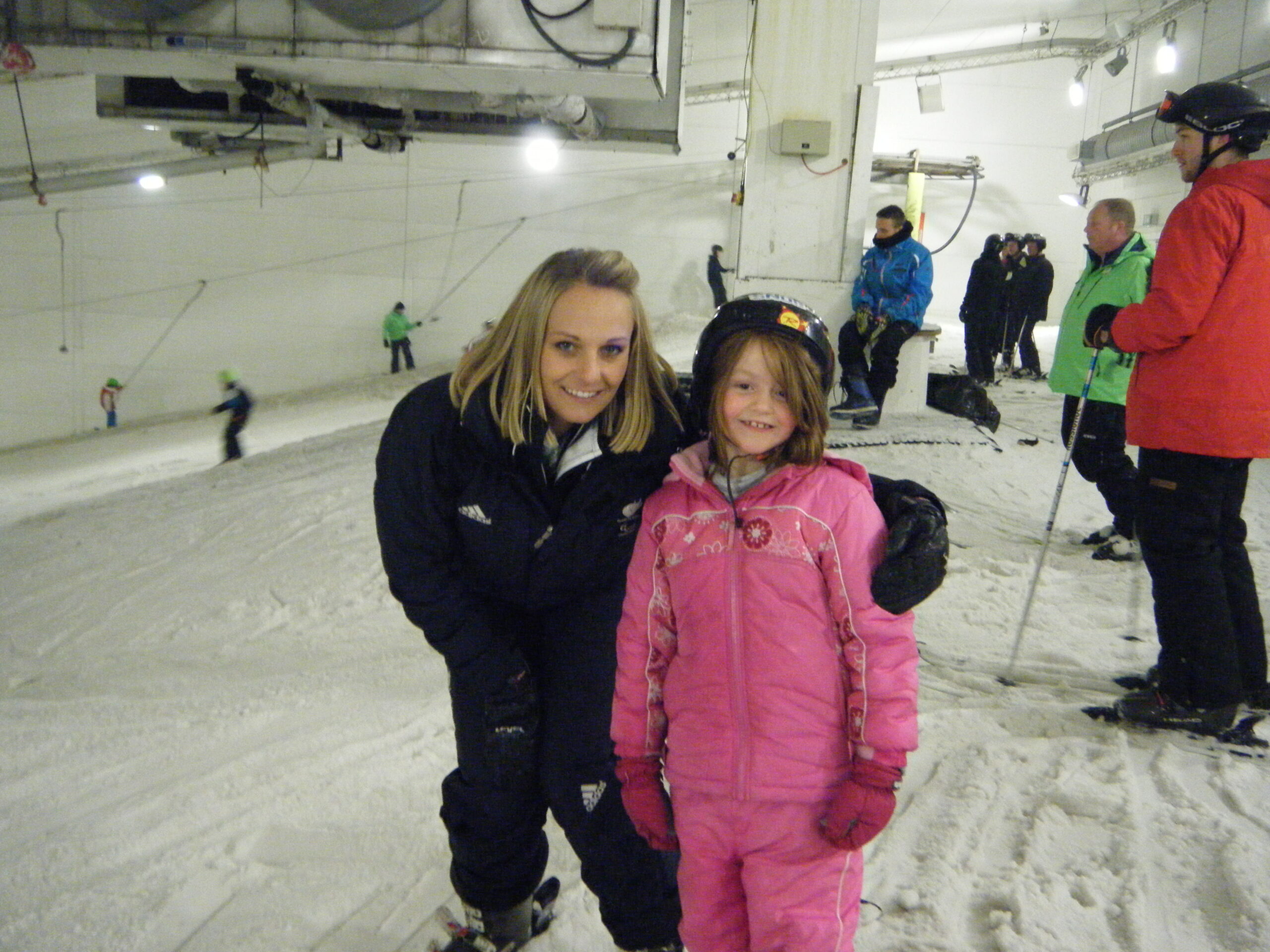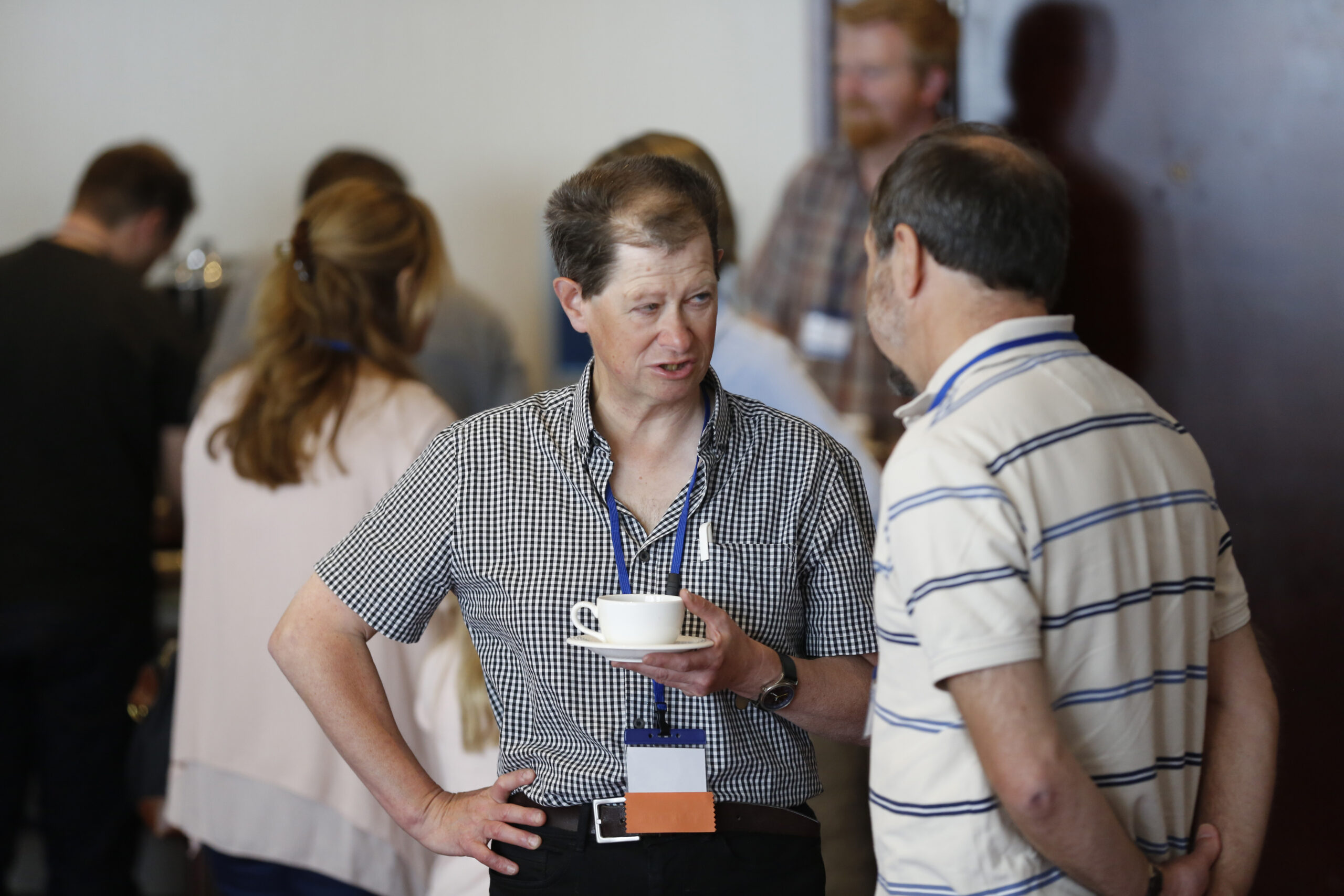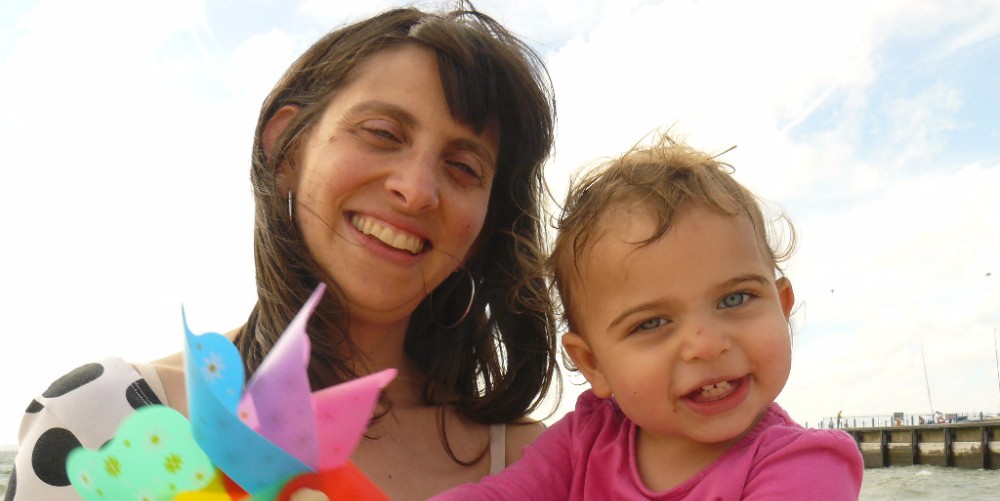This guest post is from blogger, Sophie who shares her experience of living, laughing and loving with nystagmus in her blog ‘Nystagmus in a Nut Shell’.
Nystagmus and Driving – what’s the real deal?
Well, I’ve had experience in this matter, so let me share it with you…
Can people with Nystagmus drive? Without a doubt, that’s one of the most common questions for parents of or any person with nystagmus to have…
In my previous blog post “5 things to NEVER say to someone with Nystagmus” I mentioned that a lot of people with the condition can’t drive, which is true. HOWEVER, and this is a BIG however, it all depends on each individual case.
If any of you attended the Nystagmus Network’s open day in Birmingham a few years ago, you may have witnessed my appalling presentation where I rambled on aimlessly about my life, including being able to drive. Well, for starters, my nerves were level 500000, and when I’m nervous I babble on with no filter. Please let me set the story straight and explain from the beginning:
Here’s my experience of driving with nystagmus
(Sorry – it’s a long one!)
I’ve always had it drummed into me from a young age that I’d never be able to drive, and I didn’t really have a choice but to accept that. When I went to uni (three weeks after my 18th birthday) the only form of ID I owned was my passport and of course, giving the infamous university culture, I was ‘out out’ every night. After a while I was growing tired of all the near-misses of losing my most valuable form of documentation.
It must have been during my first semester of my second year when I went for a check-up at Moorfields Eye Hospital, when the optician asked me if I was driving yet. Of course, my immediate reaction was to give her the dirtiest of looks because surely, she of all people should know that people with Nystagmus can’t drive. However, she assured me this wasn’t the case and that I meet all the driving requirements.
Absolutely flabbergasted, I went online and applied for my provisional driver’s license as soon as I got home. My little brother had applied for his a few weeks before me and he received it in the post after ten or so days, so I thought that it’d be the same experience for me – WRONG.
When filling in the online form, you must declare whether you have any medical conditions etc. Not going to lie, I was tempted to put no, because Moorfields had said I was okay to drive, and they’re the best eye hospital in the world so they know their stuff, right? Luckily my mum (who was also shocked that I’d been given the all clear) said that I needed to declare it for insurance purposes; like if I had an accident I may not be able to claim make a claim if I hadn’t declared my eyesight problem and it came out that I have Nystagmus.
A few week or so later, the DVLA got in contact with me saying that they need more information about my eyesight before they could process my application further, which is fair enough. I can’t recall exactly what I said to them (we’re talking over five years ago now – I’m getting old), but they eventually got back to me and said they had rejected my application. Of course, me being the stubborn lass that I am, wouldn’t take no for an answer, so I asked Moorfields to compile a letter for me explaining exactly what they told me.
Fast forward to what must have been two month or so later and I final got another letter from the DVLA, saying that they were going to have to conduct some tests on me to confirm that it was okay for me to sit behind the wheel. For the first test, I had to go to my local Specsavers to have a sight and peripheral vision test. The sight test was pretty much basic – reading numbers descending in size off a chart (something I’ve had to do at least once a year since I was too young to remember). The peripheral one on the other-hand, I’d never had done before; it consisted of positioning my head in this white fish bowl-type container, keeping my head still, staring straight ahead and clicking every time I saw a a light pop up. The guy who was monitoring my responses gave me about five or six attempts to pass the test because he was fascinated by my eyes and how there was no reoccurring pattern to which ones I’d miss because of my eye movement. Normally, he said, people would either miss the lights appearing to the right or left, or up above, but there was no correlation with me. I think I finally managed to pass on the sixth attempt, however when the guy did say that he would never want to be in a car with me. The cheek.
A few months later I received another letter from the DVLA saying that the final stage was to go and do the classic number plate reading test. Leading up to it, my mum and I were measuring out the distance (around 67 feet) and getting me to practice reading the plates, which I was just about doing. So when the day came for my official number plate test, I felt semi confident. My boyfriend, who had just passed his test at the time, took me to my local test centre where, this is no word of a lie, I spent 45 minutes trying to make out the letters/numbers on the designated plate. FORTY FIVE MINUTES. But I still passed, and I received my provisional license. The whole process probably took over a year.
I honestly thought that getting my provisional would be the hardest part of the driving experience for me – how wrong was I? First, I had lessons in a manual car, and to be honest, I wasn’t progressing as fast as I should have been. 20 lessons and around £600 in, I couldn’t even drive on the main road, we were just driving around my estate or a car park. I was still misjudging the distance between the vehicle and the curb as well as constantly stalling and turning either too early or too late. My instructor suggested that perhaps learning in a manual was giving me too much to focus on, so maybe I was better taking lessons in an automatic.
I had a break for about a year, in the meantime I switched so taking a break from the stress of driving did me the world of good. I then found an automatic instructor around the corner from work, so he collected me at 17:30 every Tuesday. The first time I drove an automatic, I found it so much easier than a manual (as everyone does). It enabled me to focus more on the other aspects of driving, such as if I was going to hit anyone or mount the curb, rather than spending the entire time worrying if I still had the ‘bite’. (some manual term). Without a doubt, I progressed further than I had previously and even drove home from work multiple times (the instructor did have to take over at the roundabouts because I kept freaking out).
I used to date someone who lived a ten-minute drive from the office, so rather than driving back to my village which took around half an hour, we used to go to the industrial estate near his to drive around. I remember once, I thought I was doing well with my turning and my instructor made me pull over. I pulled the car to the side of the curb (with his help because I either got too far up the curb or not close enough), and he asked me how many parked cars I thought I nearly hit. Even though I said none, the correct answer was every single parked car I less than 1 mm away from hitting.
Him saying that was a massive realisation for me – what if those cars had been people? What if those cars were moving and had people in them? I started crying and we called it a day for that lesson.
I resumed the next week, feeling more optimistic, but by the end of the lesson I was in tears again. This happened for at least three more weeks, then my instructor said to me that he personally didn’t feel that I should continue driving, but it was up to me. It was then that I decided he was right and that actually I should have pre-empted this considering how long it took me to pass the DVLA’s tests. The amount of time and money I had spent on lessons, someone could have passed their test at least two times and there I was having a breakdown at a roundabout. In hindsight, it took me that split second longer to focus, but that split second can be the difference between life and death on the road, not just for me but for others too.
I’m not going to lie to you, it was really hard for me to come to terms with the fact that I can’t drive and never will be able to, especially as I went from thinking I couldn’t to being told I’d be able to by Moorfields, which really got my hopes up. It was very bittersweet when my friends, little brother, cousins and stepsister passed their tests. Don’t get me wrong, I’m very happy for them, but it’s a constant reminder that I can’t drive through no fault of my own.
But, does that matter? No, it really doesn’t! I live a 20 min walk from a train station with a direct line into London, a 30 min walk from the local shops, so I’m having to exercise to get a pint of milk rather than jumping in my car, but so what? I’m keeping fit! In fact, 48% of adults in the UK don’t drive!
There are so many benefits of not being able to drive:
- Keeping fitness levels up
- Helping to save the environment – think about it, your carbon footprint will be smaller because you’re not producing as many emissions
- Saving money – no lesson or test fees, insurance, finance, or petrol costs. Paying for public transport is far less in the long-term
- You never have to be the designated driver on a night out – for me, this is the most important one!!!!
However, just because this is my experience doesn’t mean that all people with Nystagmus can’t drive. Someone else I know with the same eyesight problem has been driving for years, which continues my point from previous blog posts; Nystagmus effects people in different ways. What may be true for me may not necessarily be the case for you.
What would my advice be for driving with Nystagmus? Give it a shot if you get the option – you don’t know until you try. But if you’ve already been told by your optician that driving isn’t on the table, then it really isn’t a big deal. So many people have said to me “how do you cope not driving?” and to be honest I just look at them and laugh. It’s actually funny how people are so dependent on driving and couldn’t imagine life without their car – how sad is that? If you replaced a car with another materialistic object such as Ray Ban sunglasses, they’re saying how they can’t live without their Ray Bans. Yeah, how silly does that sound. At the end of the day, no car? So what? There are other ways of transportation. If you can drive, then brilliant! Some people can, some people can’t, it’s no big deal and people will think no less of you no matter what. If they do, are they worth having in your life?
So, I’ve shared my experience of driving with Nystagmus with you – what’s yours?
Bye for now,
Sophie xx
For information on nystagmus, driving and the DVLA requirements, please see our free to download booklet ‘Nystagmus and Driving’.

